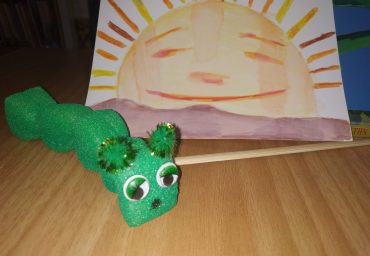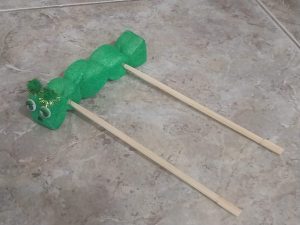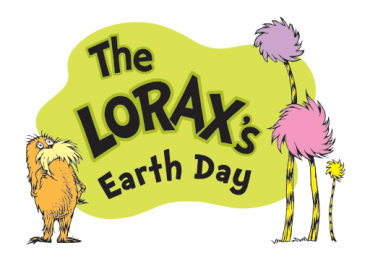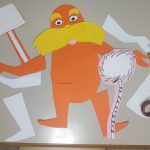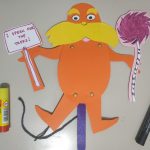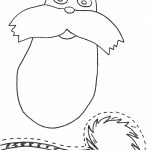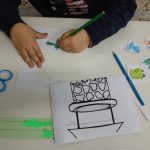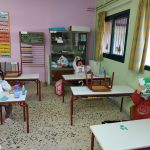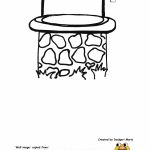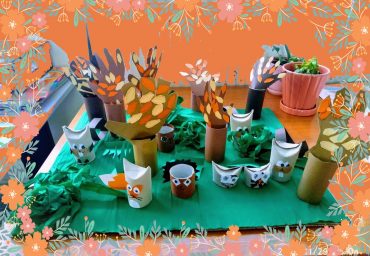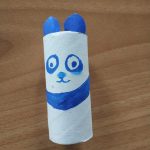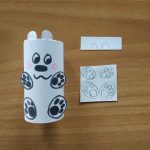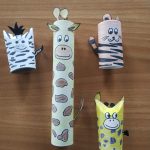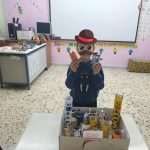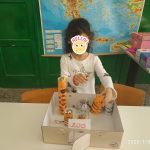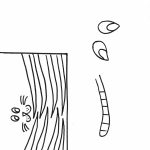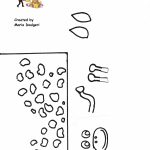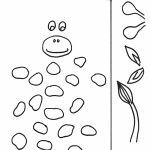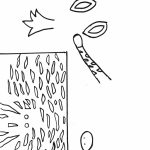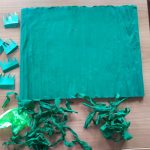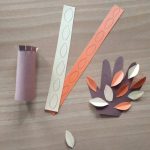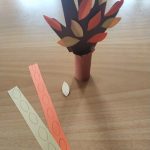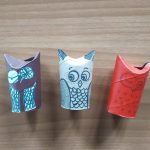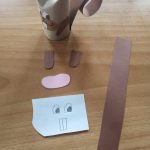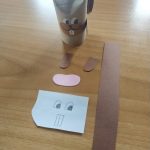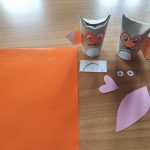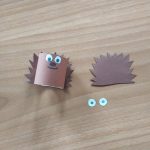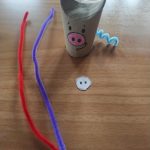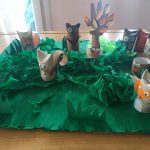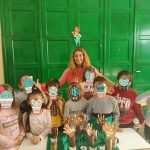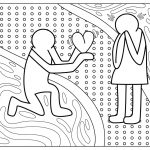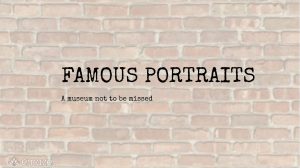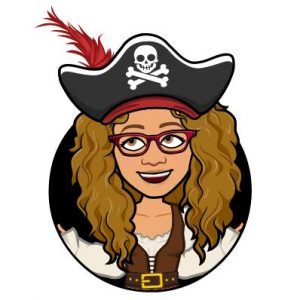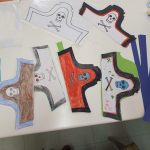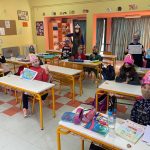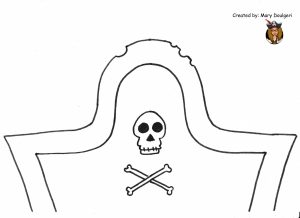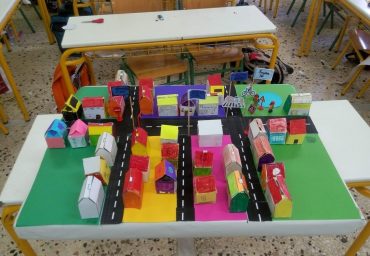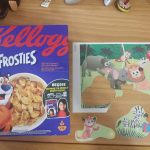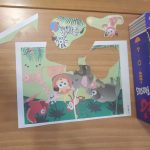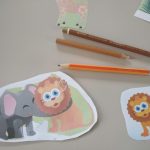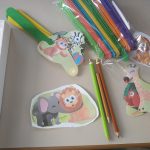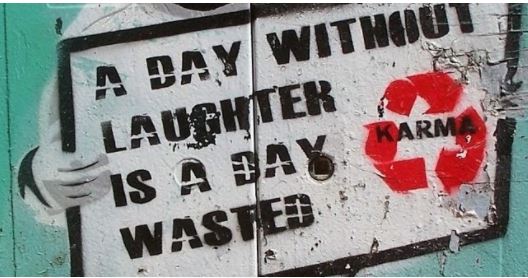Eric Carle’s work is loved and admired throughout the world. It’s not only his ingeniously crafted children’s stories but his iconic collages and artistry that have fascinated children and adults alike.
For more than 50 years (since it was initially published in 1969) The Very Hungry Caterpillar has ‘nibbled’ its way into everyone’s hearts and has become one of the top selling children’s books of all time, translated into 66 languages worldwide. The story of the helpless, small, insignificant caterpillar which turns into a beautiful butterfly sends out a message of hope.
I tried to bring the story to life with simple materials:
For the caterpillar:
spongy foam cupoid (I found in the packaging of something!)
bamboo chopsticks (from Chinese takeaway food!)
roll of green sewing thread
little green pom pom balls
googly eyes for crafts
acrylic paint
hot glue gun
For the food:
kids plastic toy food (whatever I kept from my girls!)
self drying modelling clay (for the food items I couldn’t find…) OR playdough/plasticine
For the background:
coloured cardboard paper (blue for the night, brown for the tree, green for the leaves, white for the sun, various colours for the butterfly- I used a plush caterpillar)
watercolours
scissors (the background is something of a collage)
A little bit of imagination and … bish bash bosh! bada bing bada boom! Voila! Your Hungry Caterpillar storytelling set is ready!
Mind you, my little silly rendition of the story took a lot of time and effort after all! The plan is to have the students create and then act out the story! I’m sure they’ll love it!
Here is the end product!
And this is the day I used my Hungry Caterpillar box in class:
